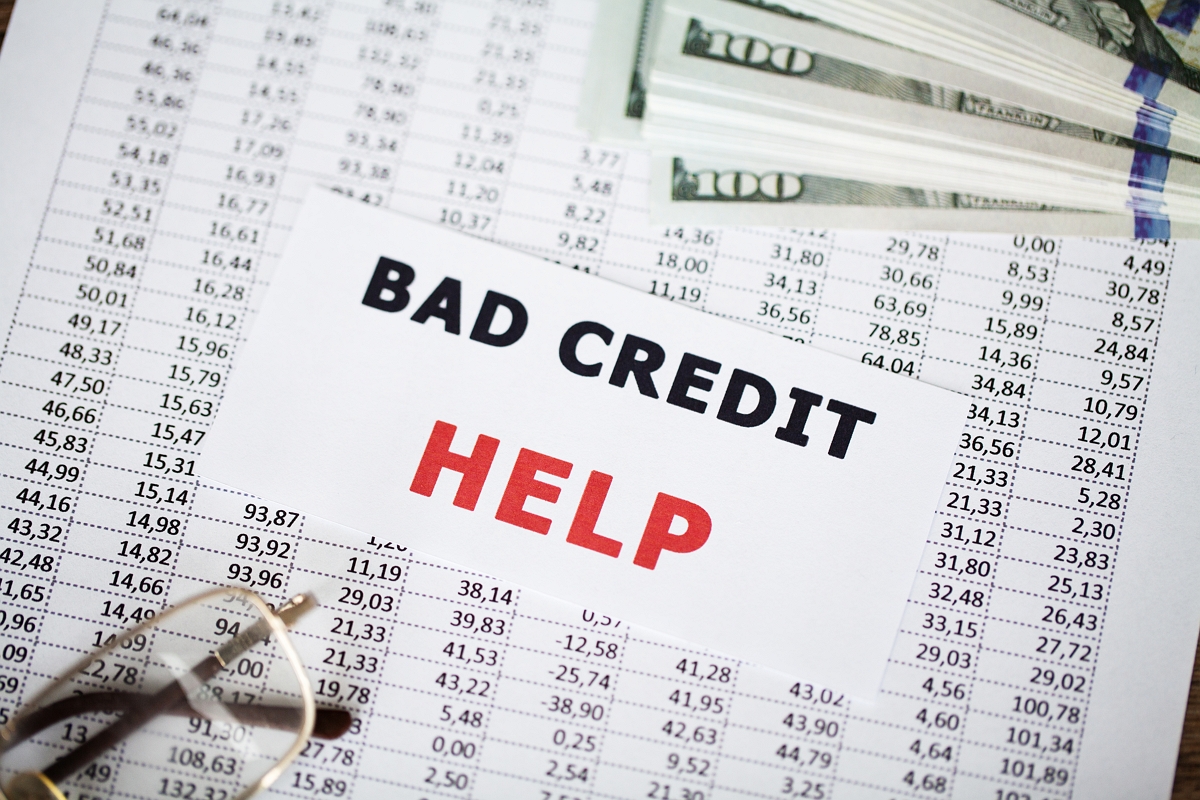The Blog
how-to-get-a-merchant-account-with-bad-credit-a-complete-guide

Running a business successfully often requires accepting credit card payments, but what if your credit history isn’t perfect? Many business owners face the challenge of obtaining a merchant account with bad credit. Fortunately, it’s possible to navigate this situation and secure a reliable payment processing solution. In this guide, we’ll explain what a merchant account is, why bad credit can be a hurdle, and practical steps you can take to get approved.
A merchant account is a type of bank account that allows businesses to accept credit and debit card payments from customers. It serves as an intermediary between your business, the customer’s bank, and the payment processor. Without a merchant account, businesses can’t process card payments, which can significantly limit sales opportunities.
Merchant accounts are essential for businesses of all sizes, especially in e-commerce, retail, and service industries. However, providers assess several factors before approval, including your personal and business credit history, industry type, and transaction volume.
Credit scores are one of the key factors in determining whether a merchant account application is approved. Lenders and processors view businesses with low credit scores as higher risk. Reasons for this perception include:
A poor credit history doesn’t automatically disqualify you, but it can limit your options and affect the fees and conditions you’re offered.
Despite the challenges, there are proven strategies to increase your chances of getting approved for a merchant account even with bad credit.
Businesses with bad credit often qualify as “high-risk” merchants. High-risk merchant accounts are designed to accommodate businesses that traditional processors may reject. While these accounts may come with higher fees and stricter terms, they allow you to start accepting card payments without a perfect credit history.
Not all payment processors treat bad credit the same way. Look for providers who specialize in high-risk or bad-credit merchant accounts. These processors have experience evaluating applications beyond just credit scores, considering the overall business model, revenue history, and risk management strategies.
Even if your personal credit is low, demonstrating a solid and well-documented business plan can help. Key points to include:
Providing clear evidence of your business’s stability increases your credibility with processors.

Some processors may require a reserve account if your credit is poor. This involves holding a percentage of your transactions in a reserve fund to cover potential chargebacks or refunds. While it temporarily reduces cash flow, it reassures the processor and increases the likelihood of approval.
A high chargeback rate can worsen your chances of approval. Implement strategies such as clear refund policies, fraud prevention tools, and prompt customer service. Maintaining a low dispute rate improves your application, even with bad credit.
If traditional merchant accounts are challenging, consider alternative solutions:
Securing a merchant account with bad credit provides numerous advantages:
Obtaining a merchant account with bad credit may seem daunting, but it’s entirely possible with the right approach. By exploring high-risk merchant accounts, partnering with specialized processors, and presenting a well-prepared business profile, you can secure payment processing and grow your business. NextGen Payment provides tailored solutions for businesses facing credit challenges, helping them accept payments securely and efficiently.
If your business struggles with bad credit, don’t let it stop you from accessing essential merchant services. By following the strategies outlined above, you can find a solution that meets your needs and supports your growth.